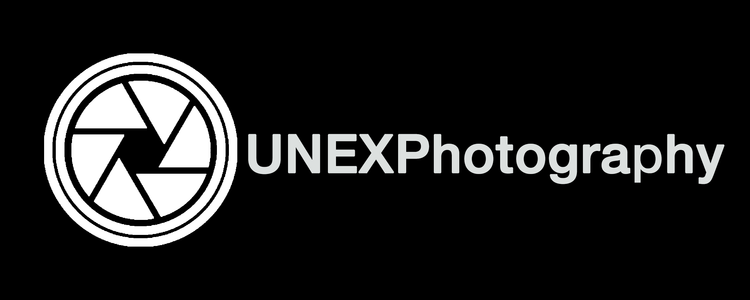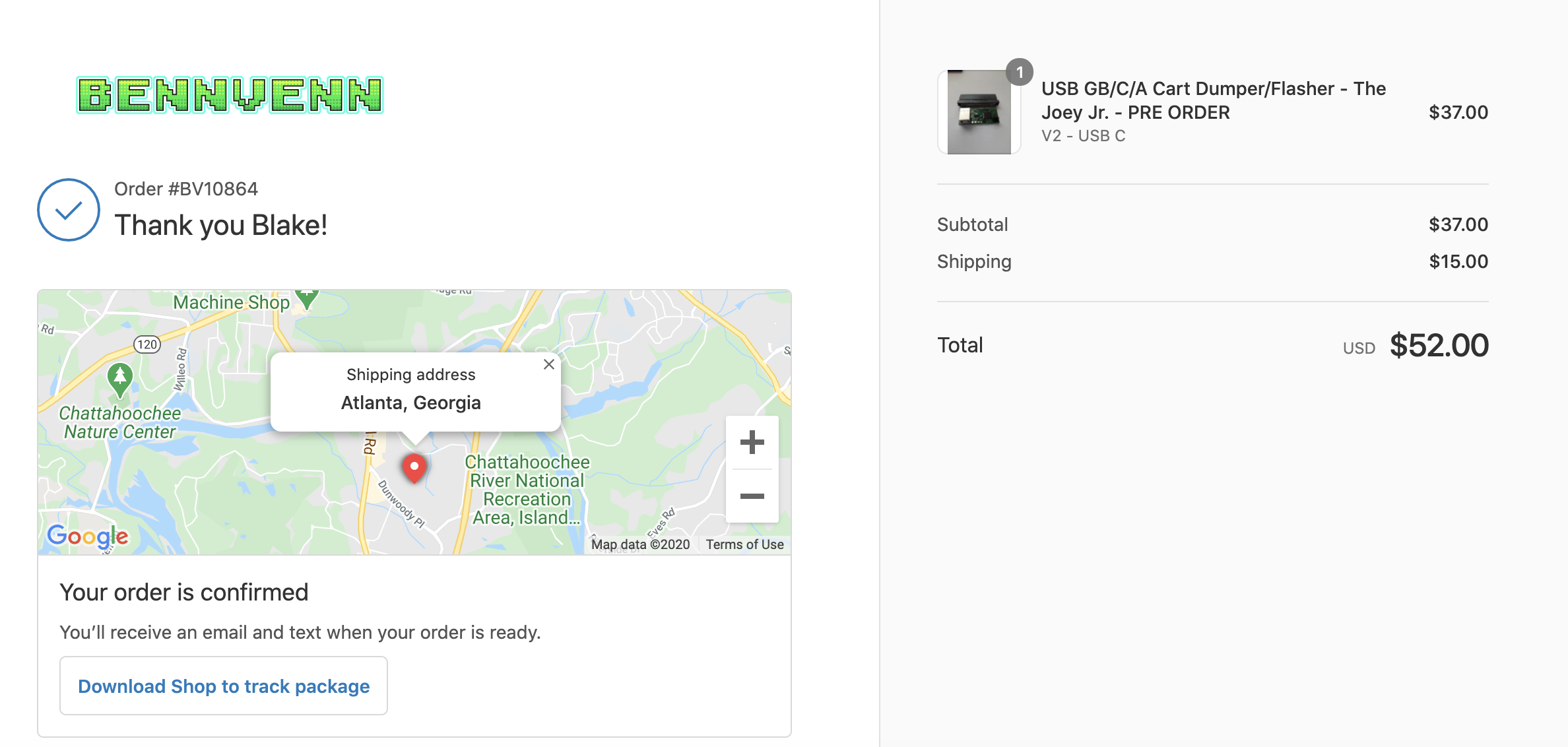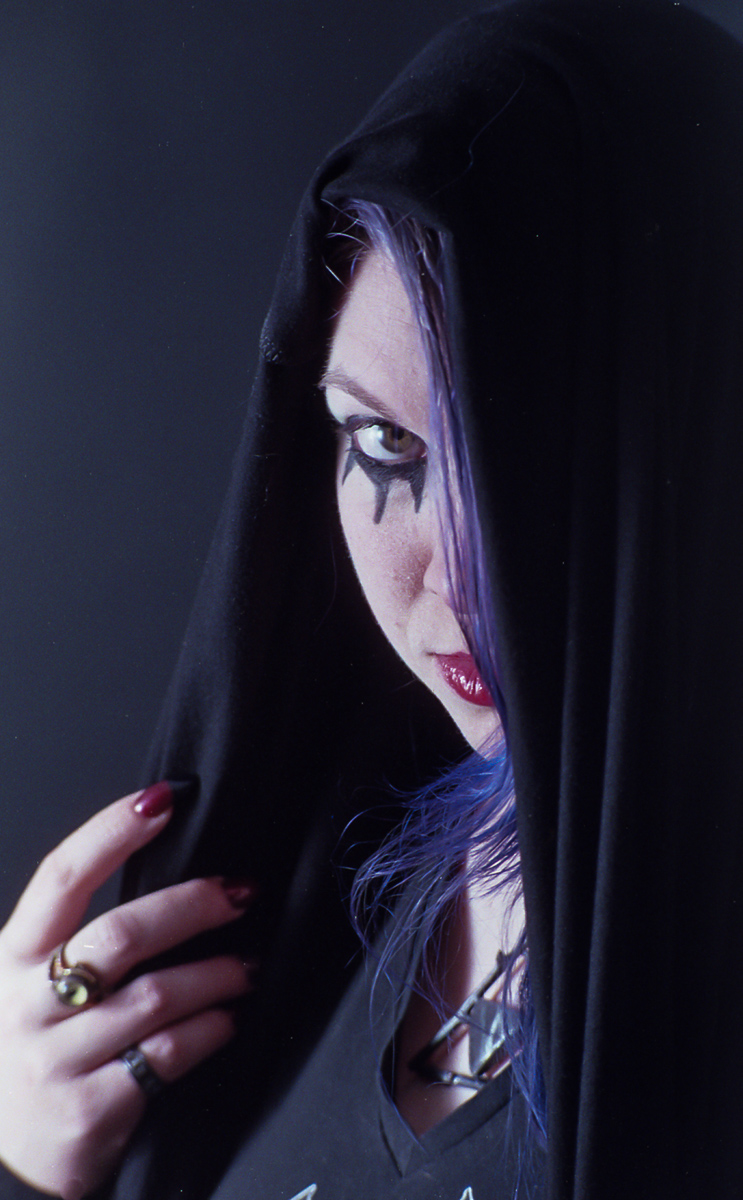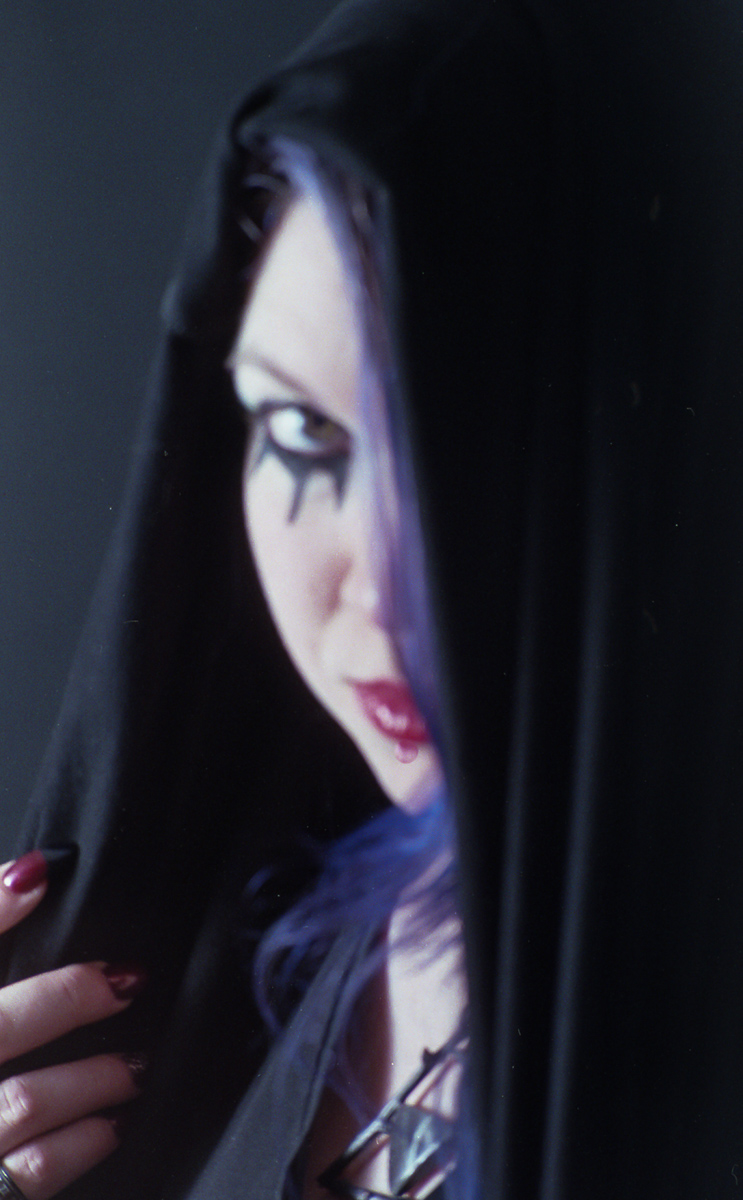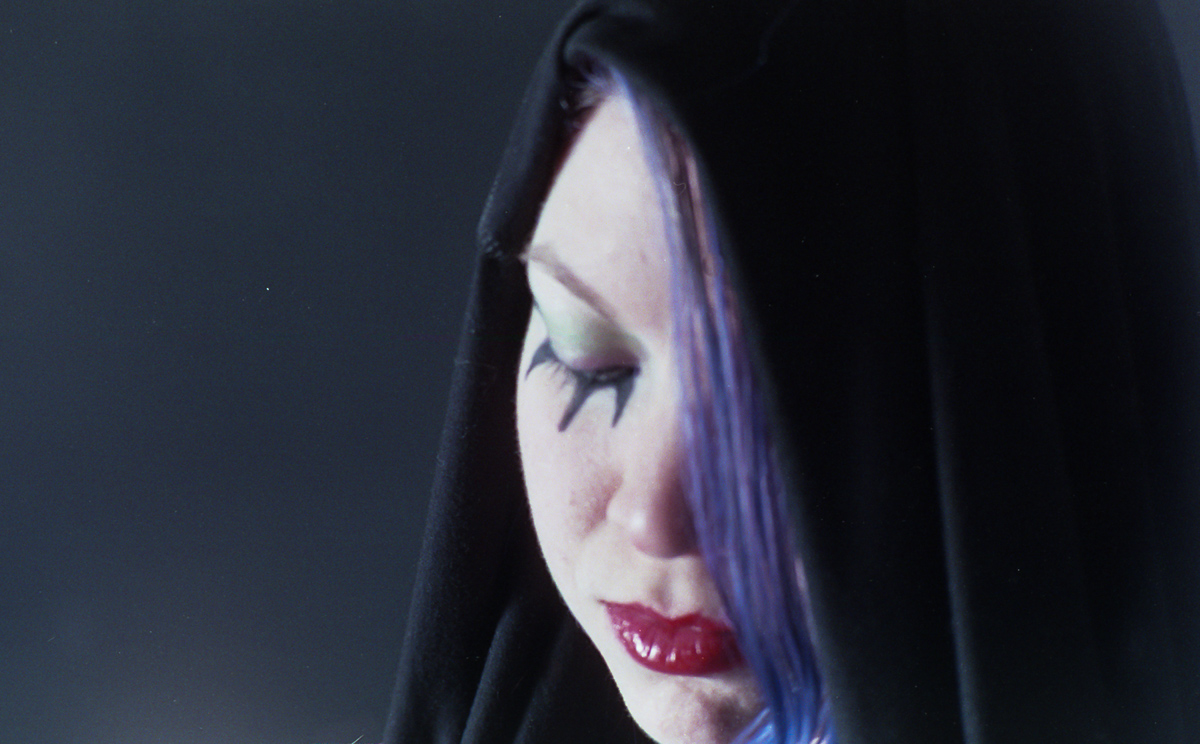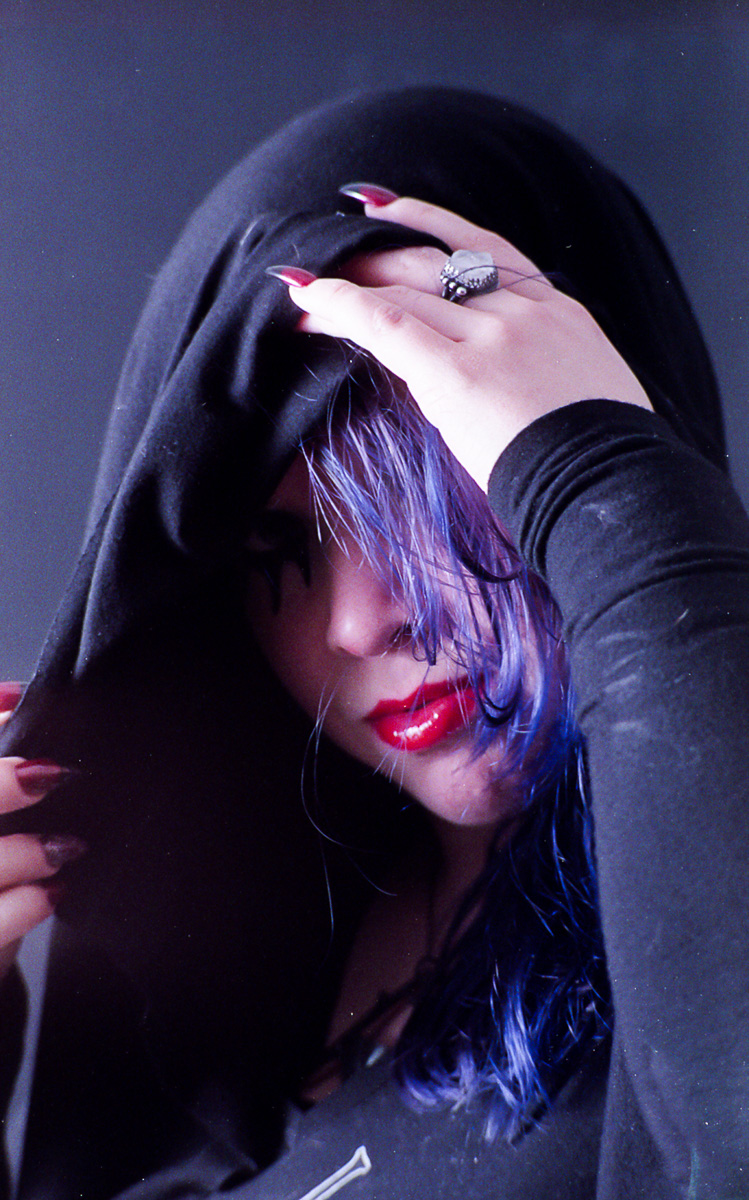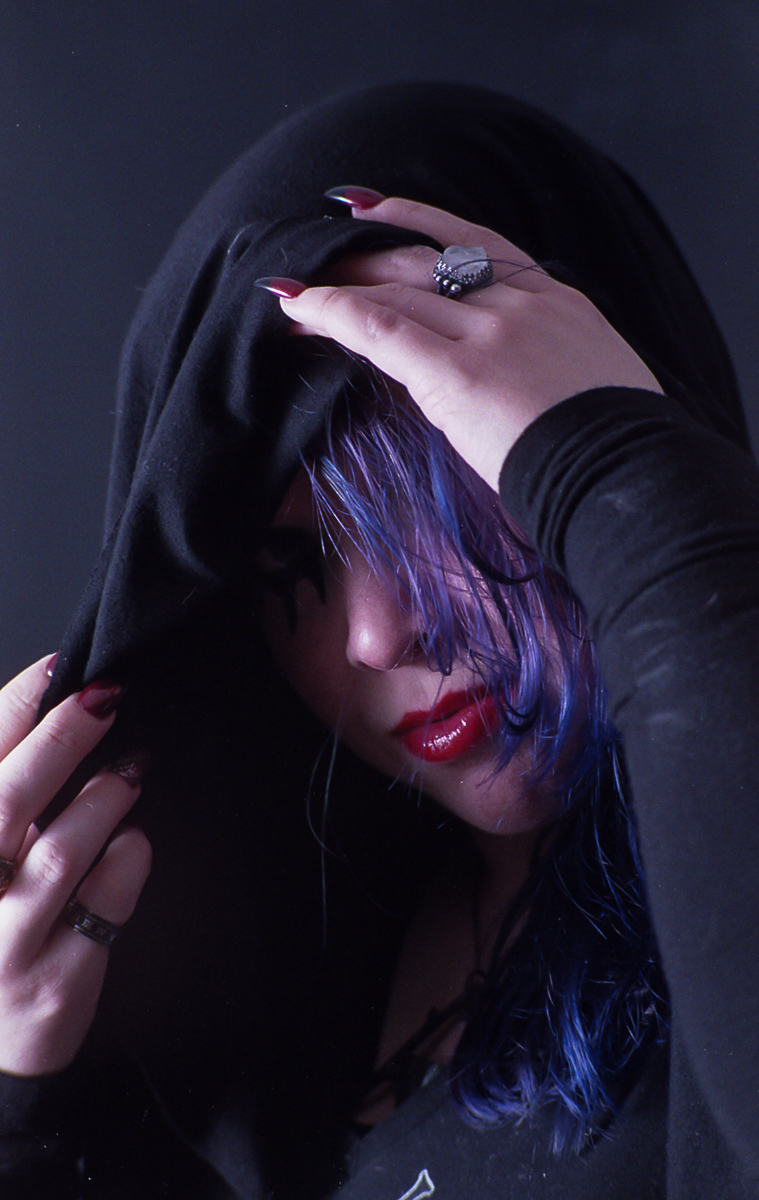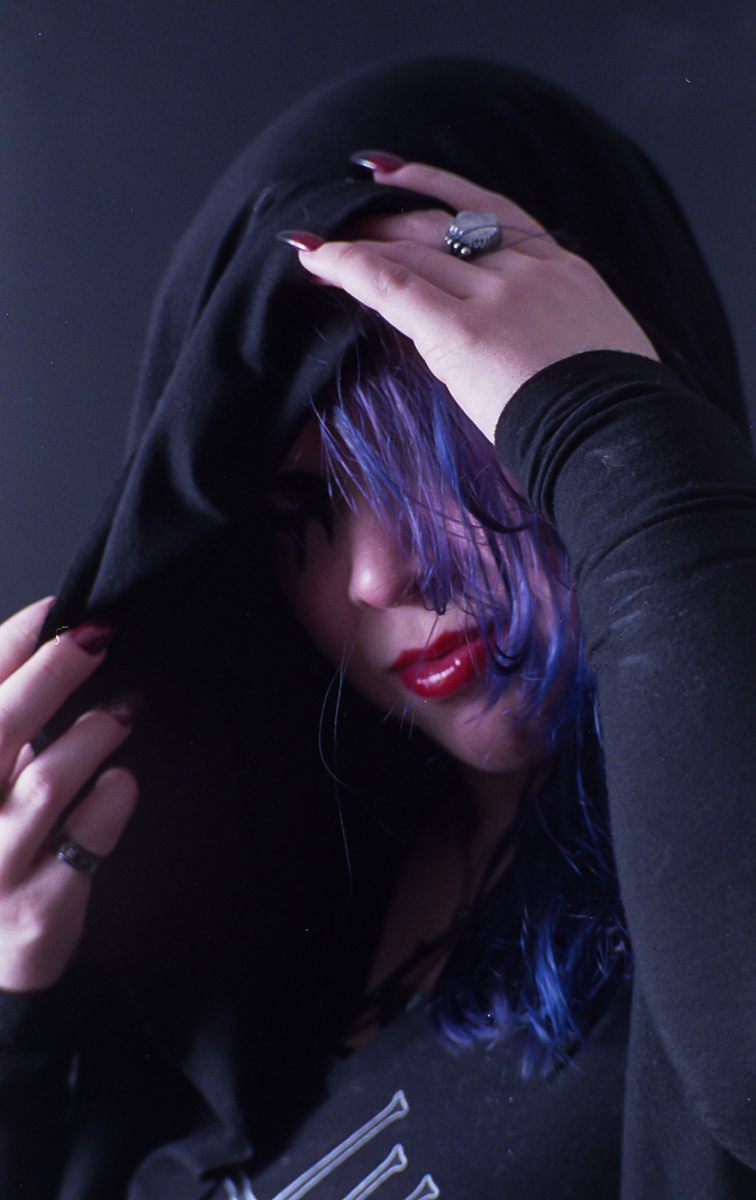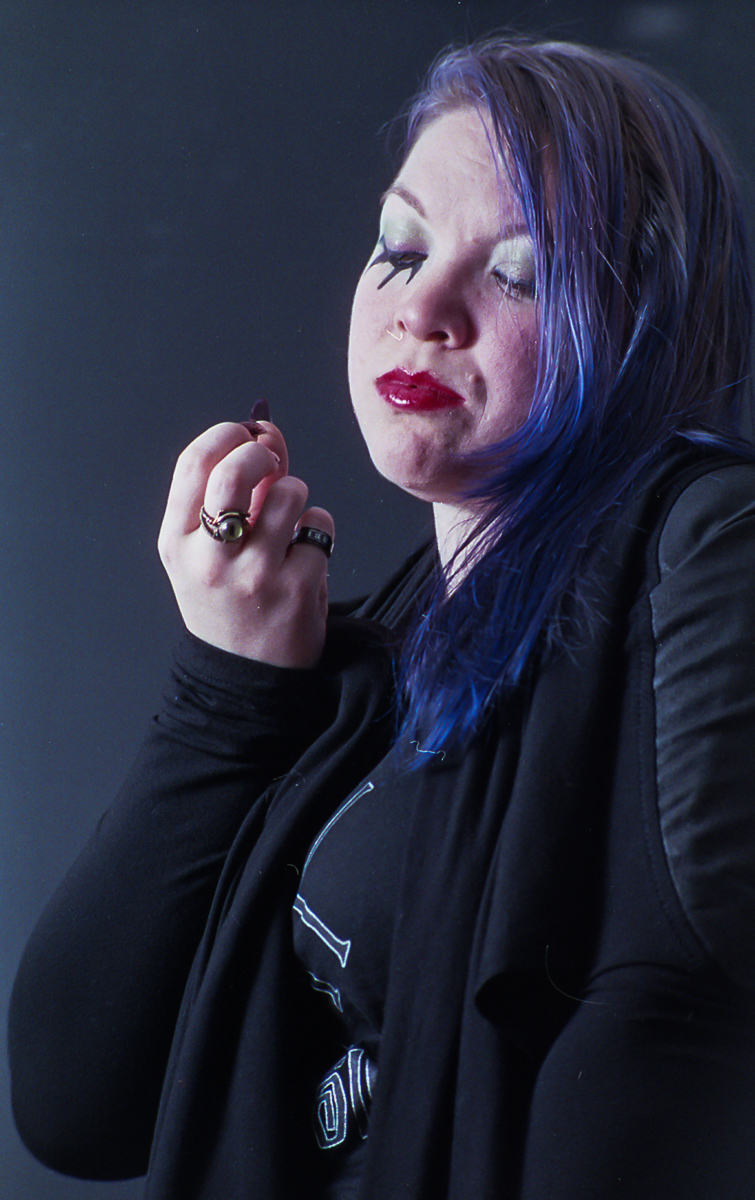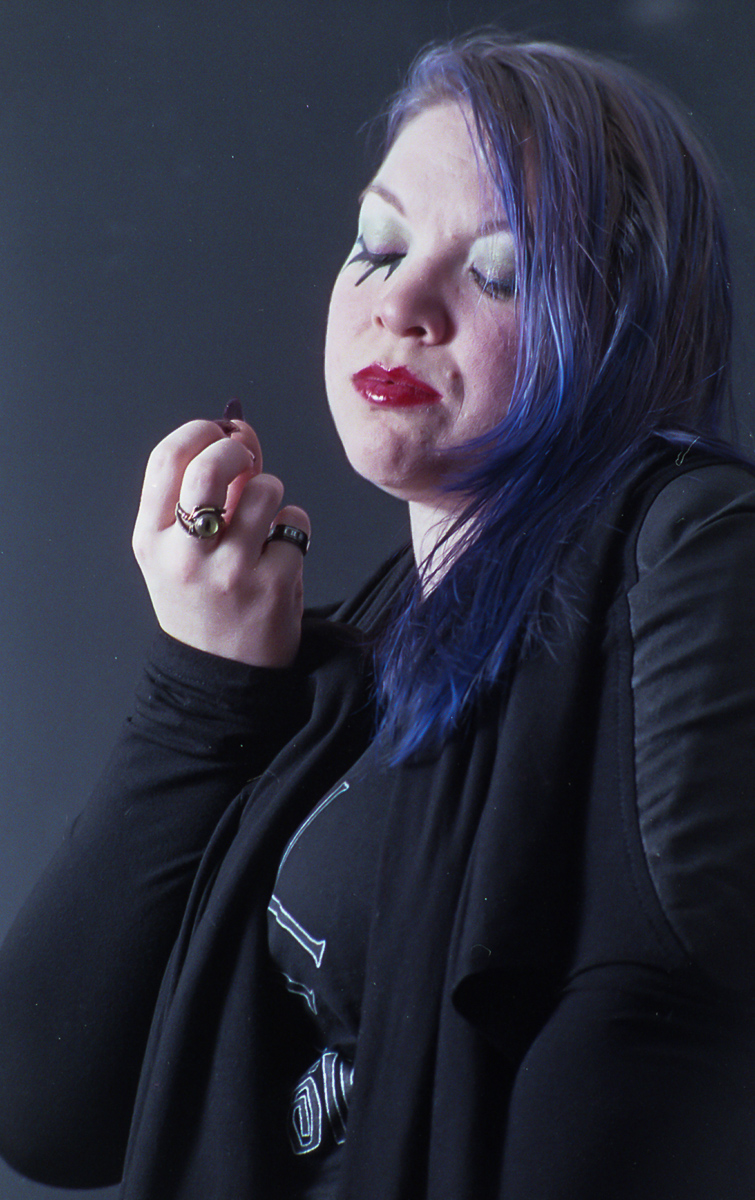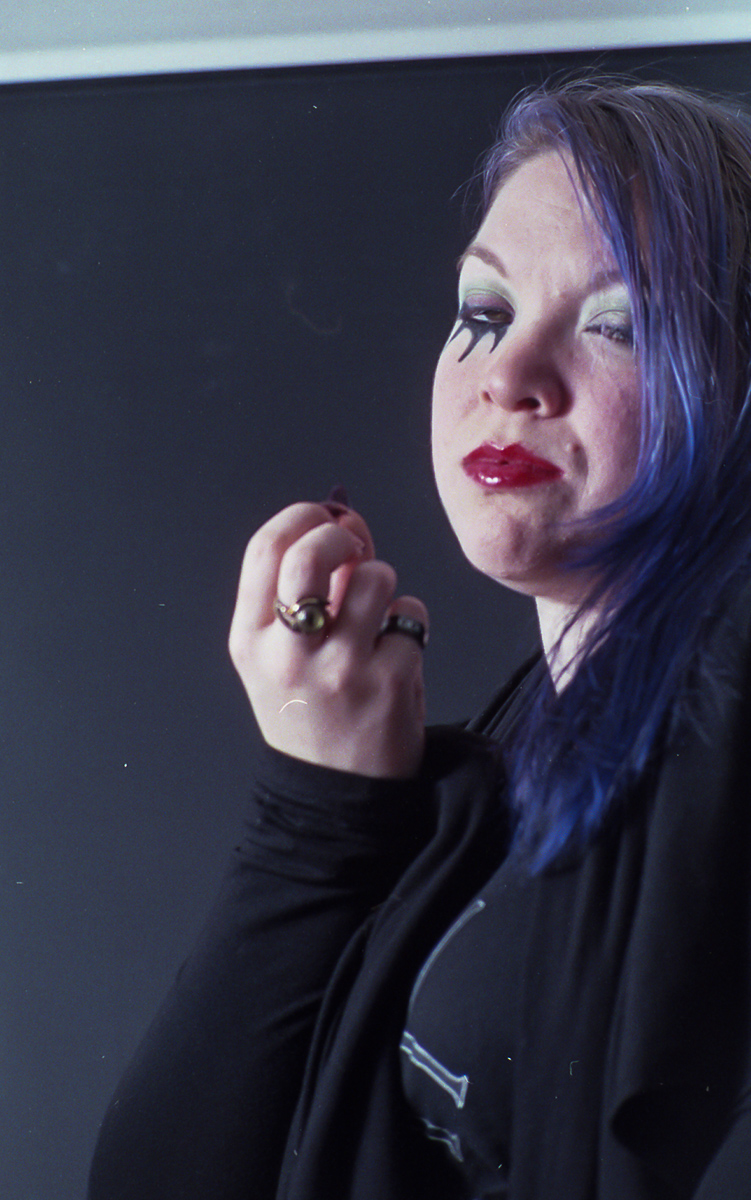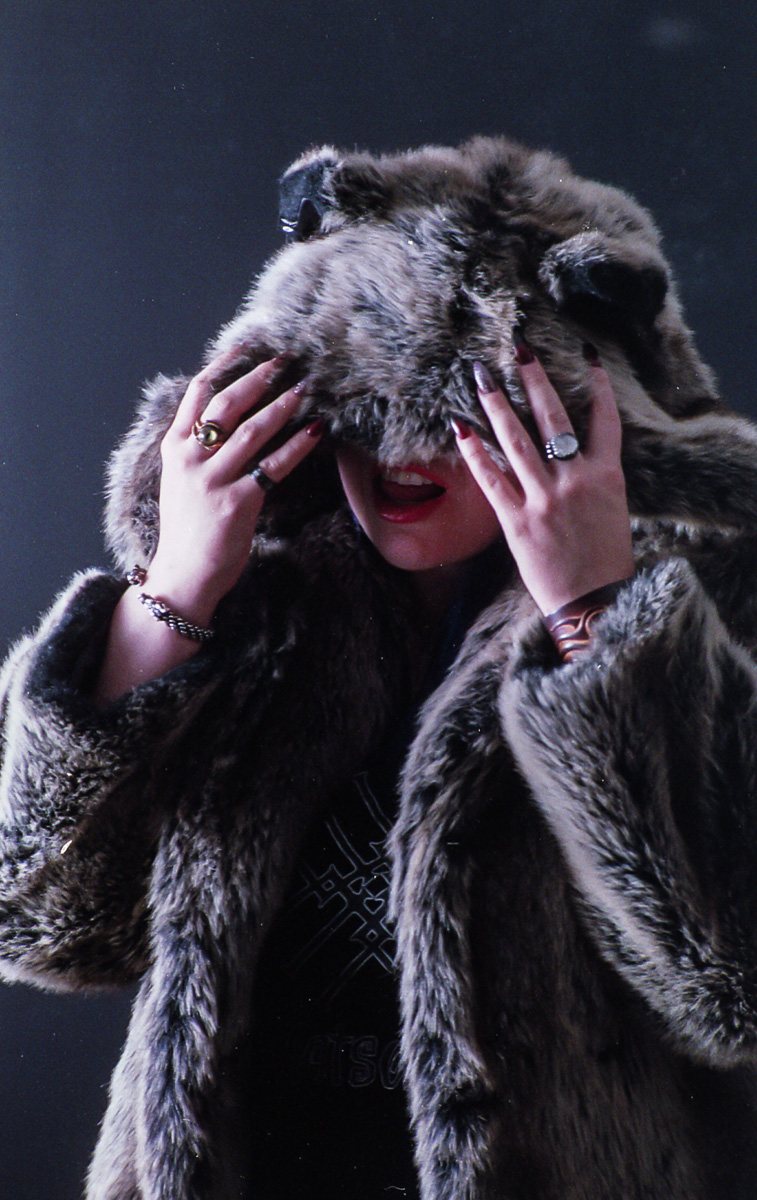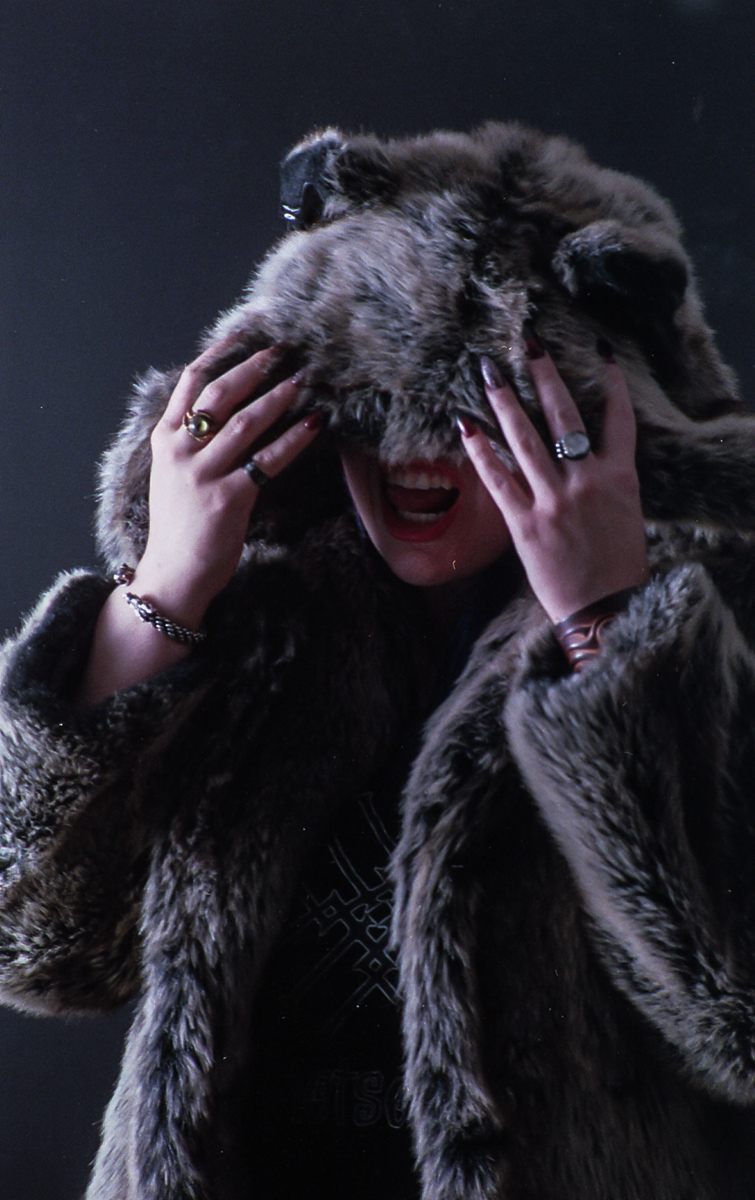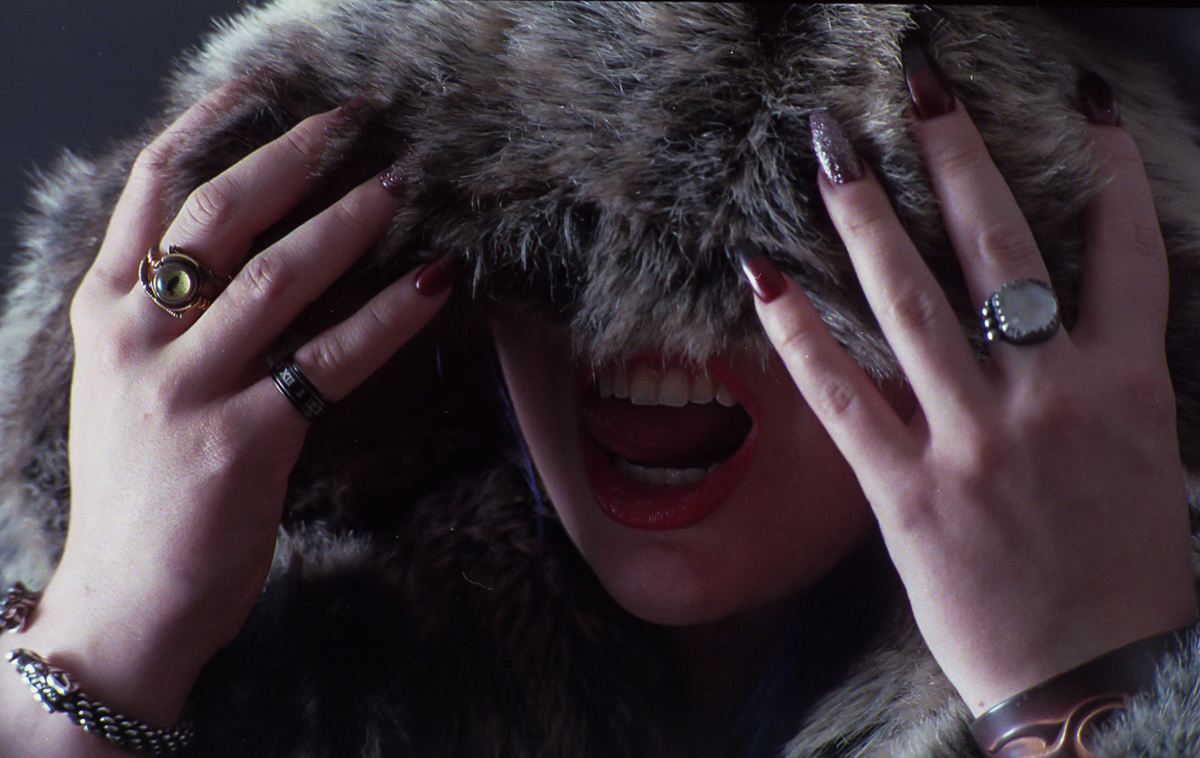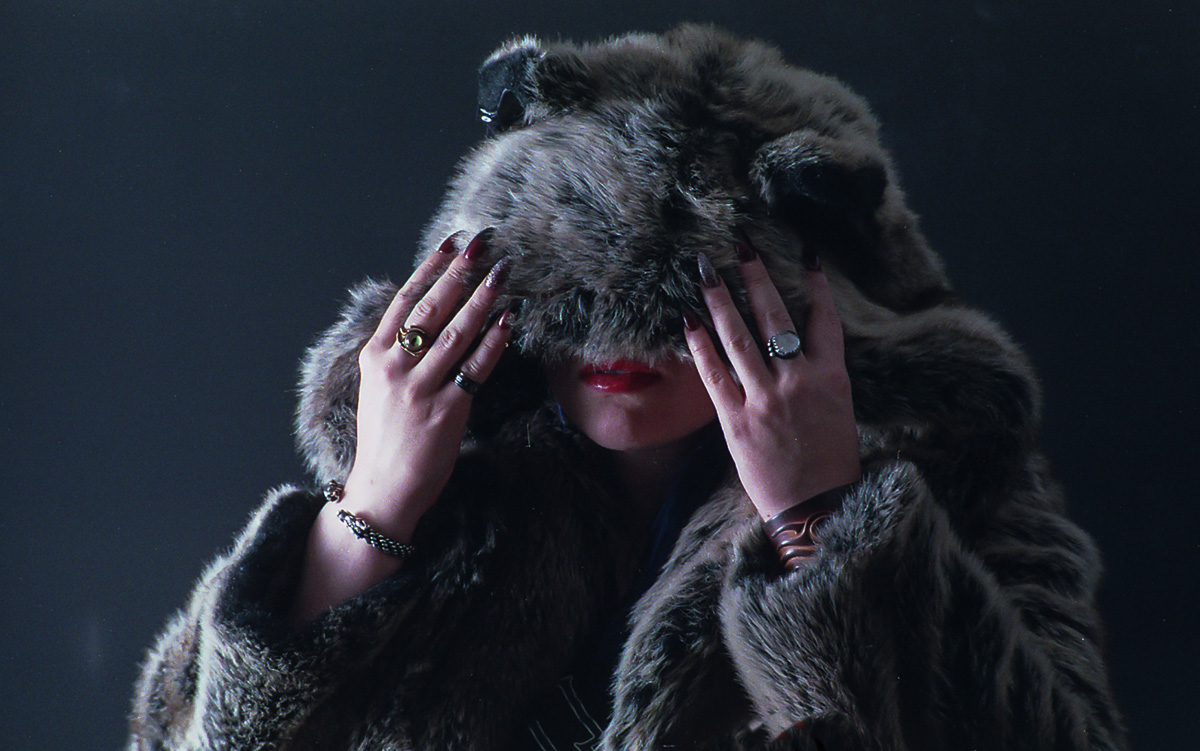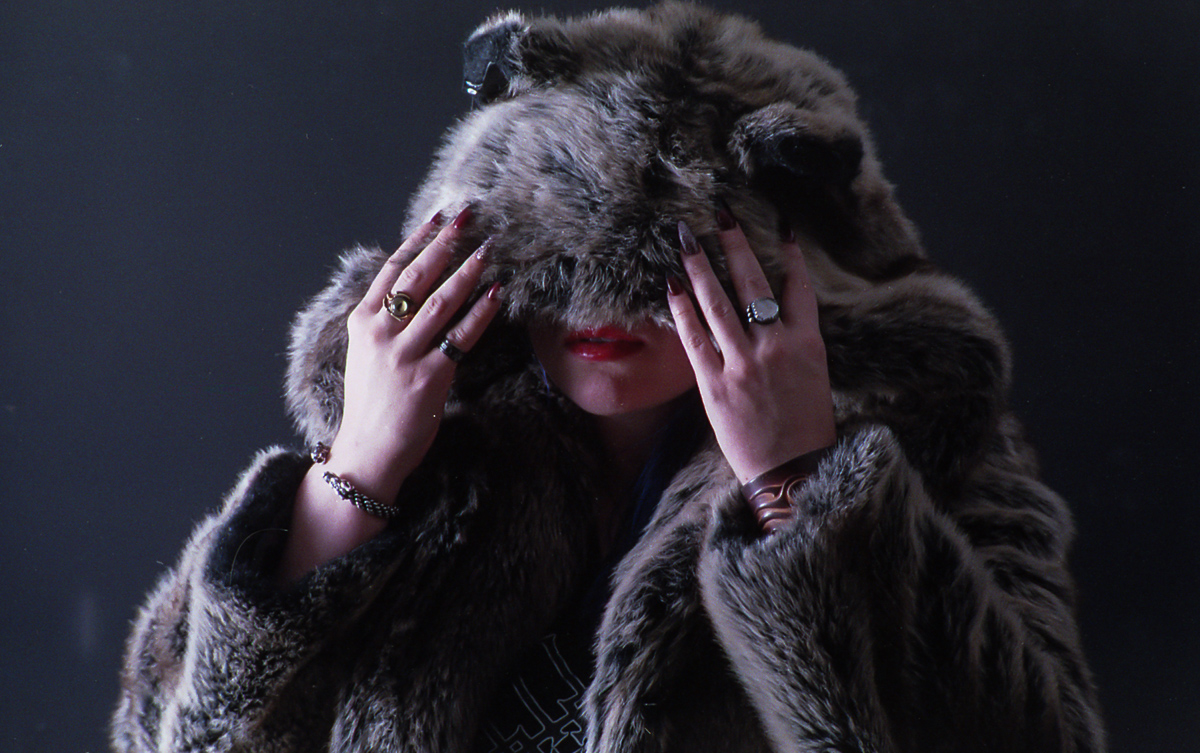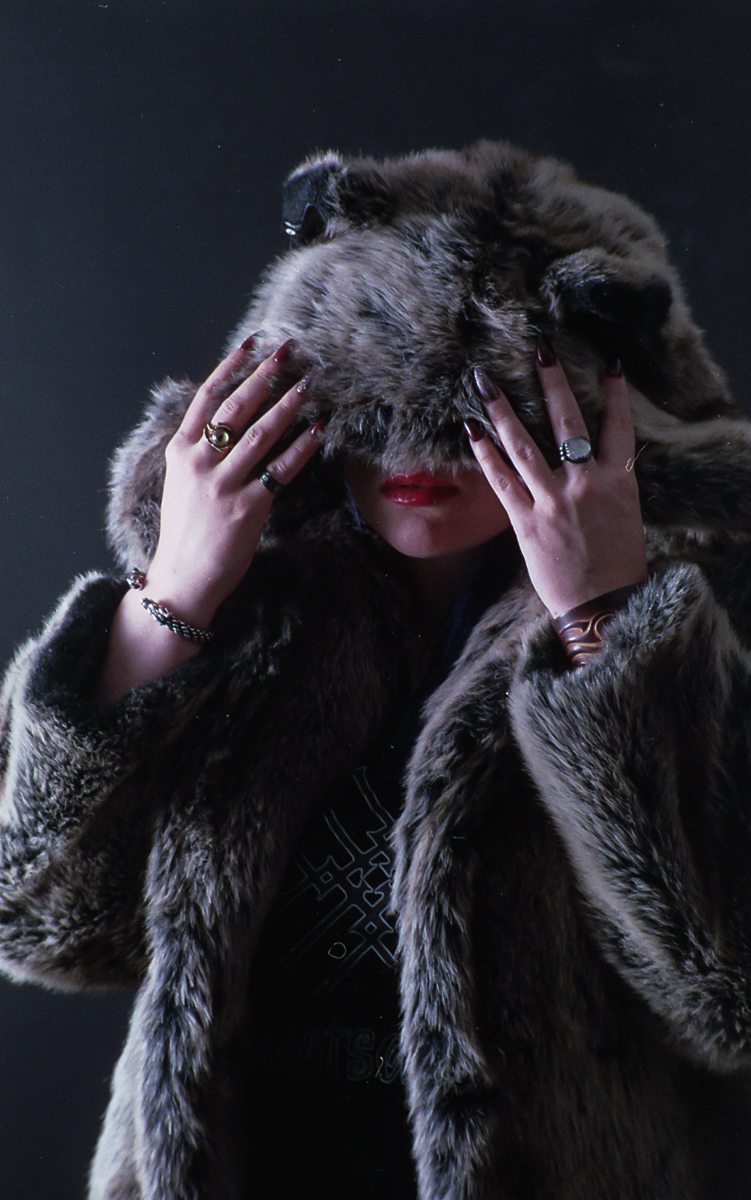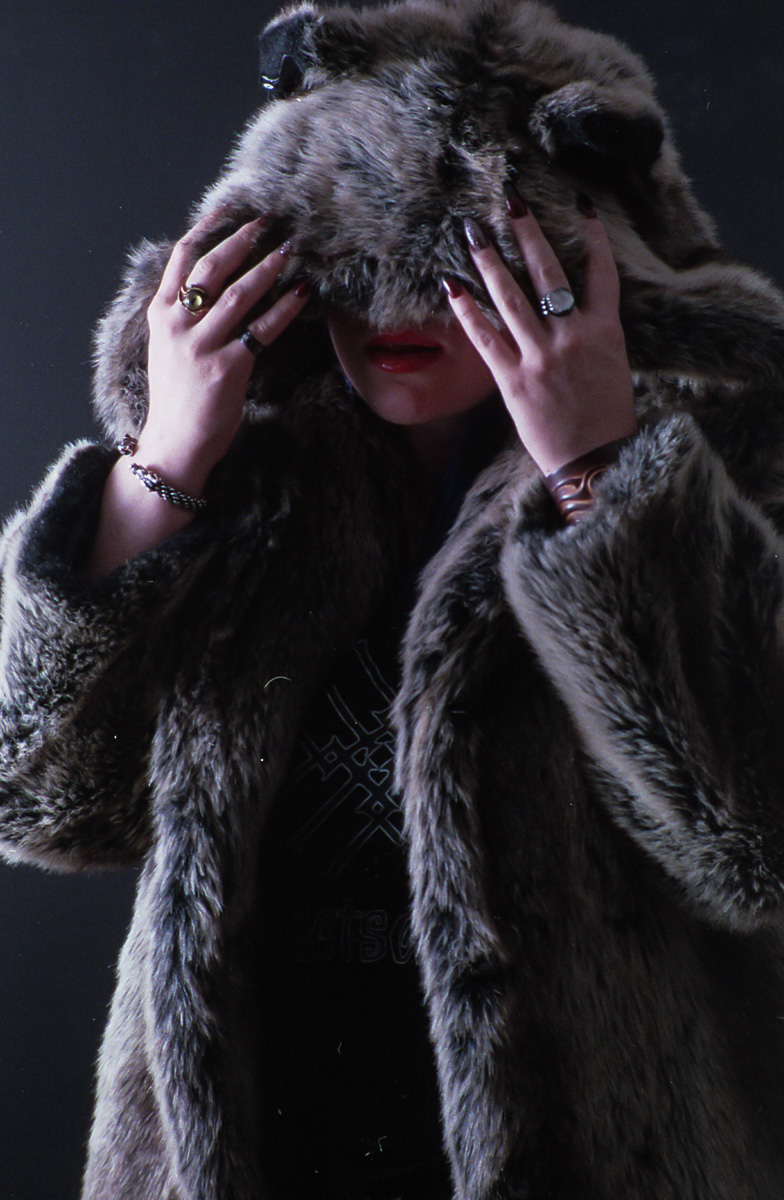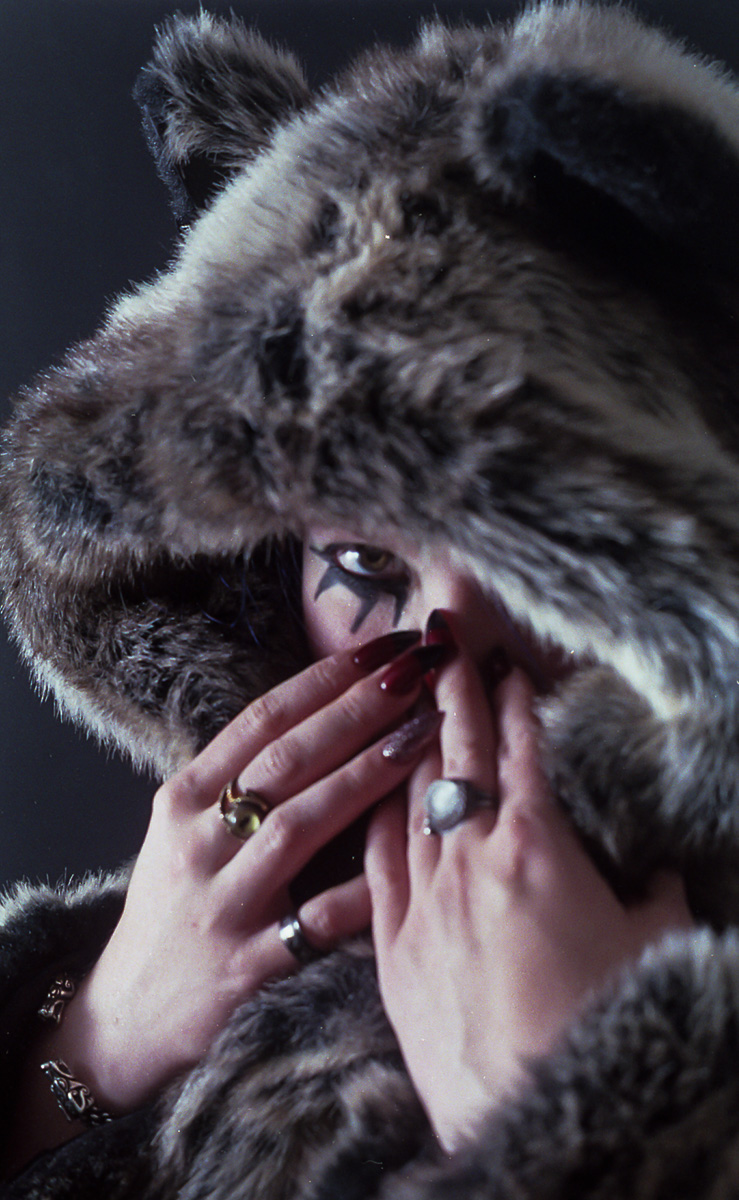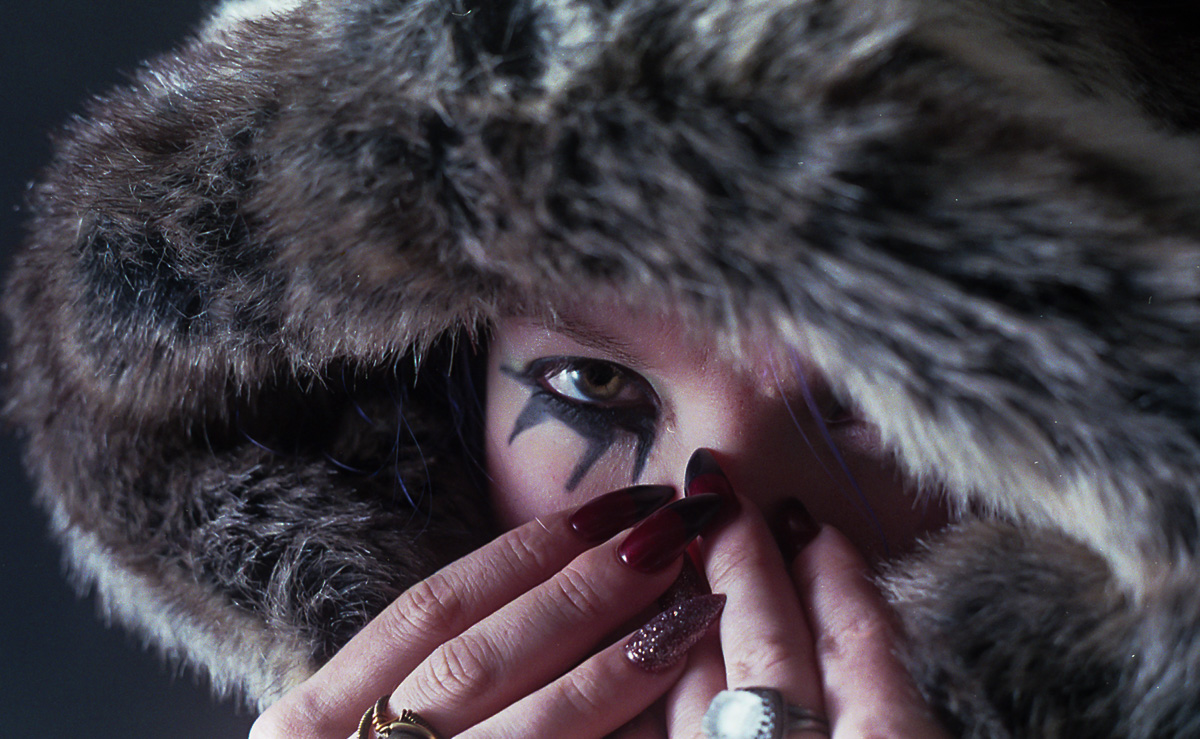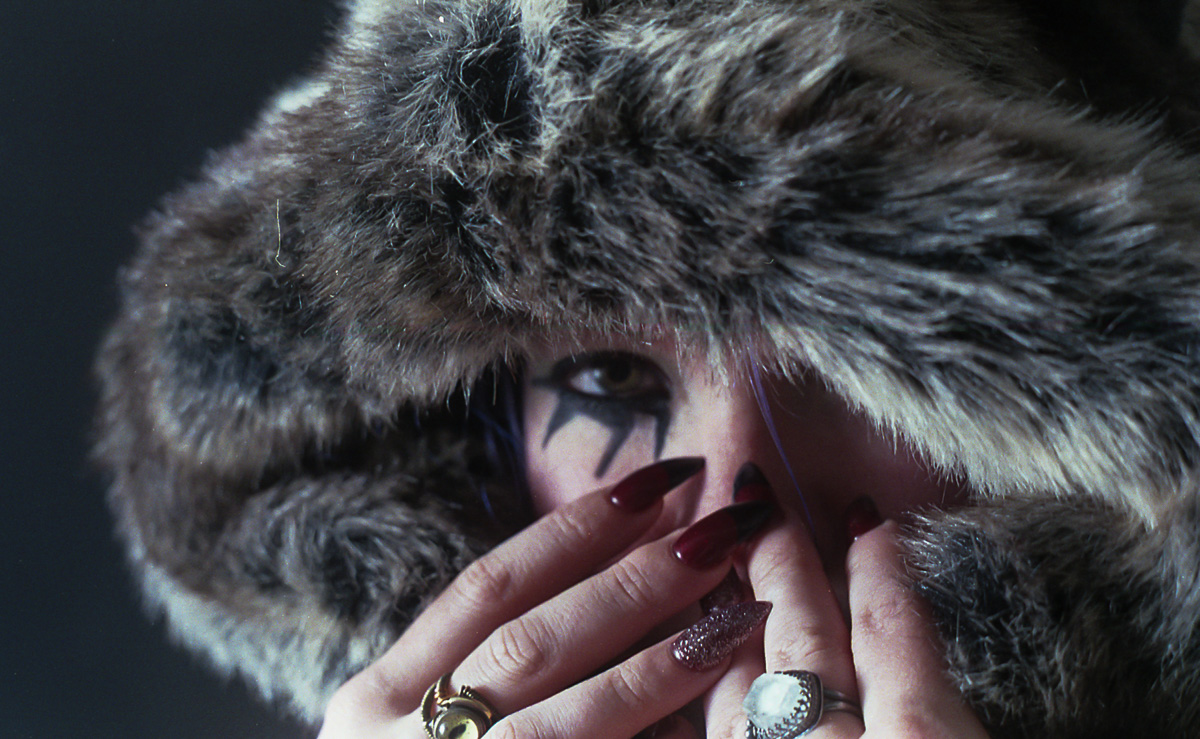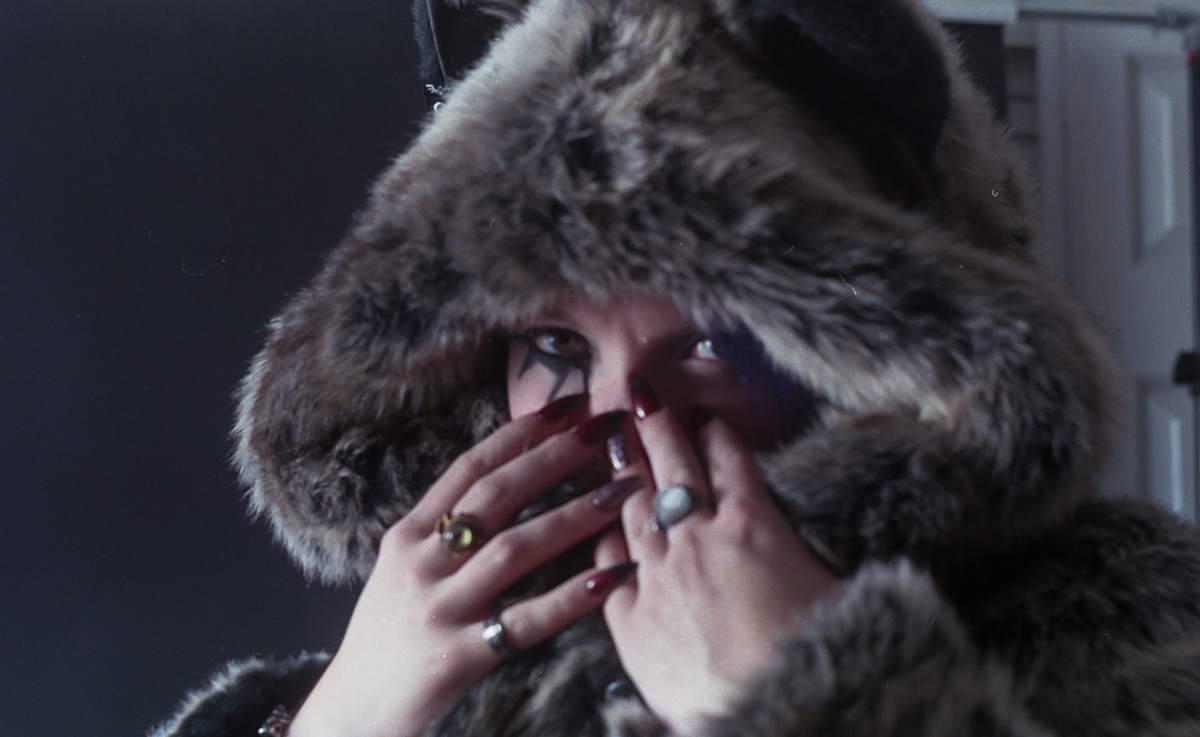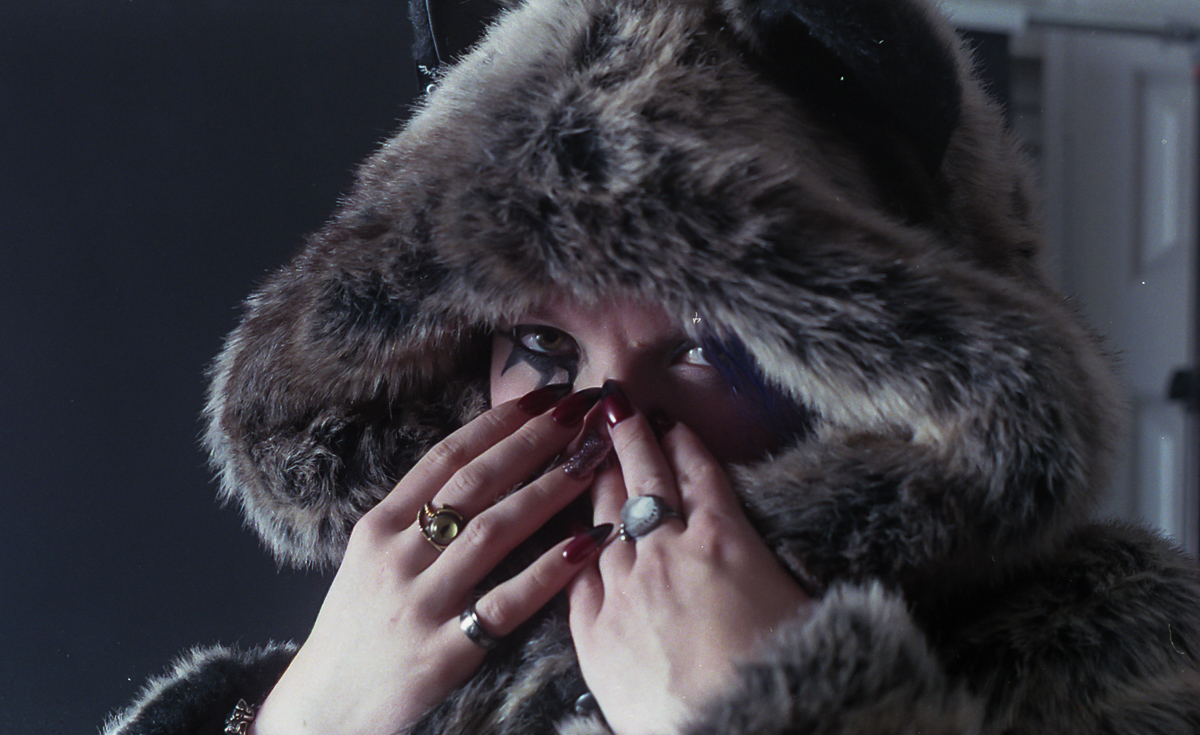A little context after the fact:
This Saga has been something I have been working on for almost the entirety of 2020 so far, and I really don’t yet know if this blog will even be released before the end of the year.
Who would have thought that finding a method to offload photos from a little known 90’s toy camera would be so hard?
March or April something (I think):
With the COVID-19 Coronavirus still in full swing, I needed a project to keep myself busy and had plans to play with and experiment with a fun little toy camera from the past. My original plans pretty much fell through because I’m not that great at electronics and soldering parts together (and because the parts that needed soldering were really fucking tiny). But, after some trial and error (and an Etsy seller in the UK) I was able to get some workable images out of something I used to play with as a child.
But first, some backstory.
“The Game Boy Camera (GBC), released as Pocket Camera[a] in Japan, is a Nintendo accessory for the handheld Game Boy game console. It was released on February 21, 1998 in Japan, and manufacturing was ceased in late 2002. As a toy for user-generated content, it can be used to shoot grayscale photographs, edit them or create original drawings, and transfer images between GBC units or to the 64DD art game suite Mario Artist. Its images can be printed to thermal paper with the Game Boy Printer. The GBC’s cartridge contains minigames based on Nintendo’s early games such as the arcade video game Space Fever and the Game & Watch handheld game Ball, and a chiptune music sequencer. Guinness recognized it as the world’s smallest digital camera as of 1999, and photographers have embraced its technological limitations as artistic challenges.”
Sadly, my original camera and its companion printer have been lost to the ages, but thankfully a few years back (and by that I mean almost a decade now) a roommate gifted me working set for my birthday along with some very expired thermal paper. After playing around with scanning the entire Gameboy to get images saved (no joke) I eventually retired the whole lot to a box that I mostly forgot about until earlier this year (but we’ll get back to that in just a moment).
I was able to obtain a copy of a Gameboy Camera’s ROM file (Please don’t sue me Nintendo, I swear I own a real GBC) and get it working on my laptop and on a spare Amazon tablet I had lying around (but only on the front selfie camera, and unfortunately not on any of my primary iOS devices).
With some tinkering, it was possible to take captured images, and after running them through Affinity photo to clean up and up-rez them get some working proof of concept files out of them.
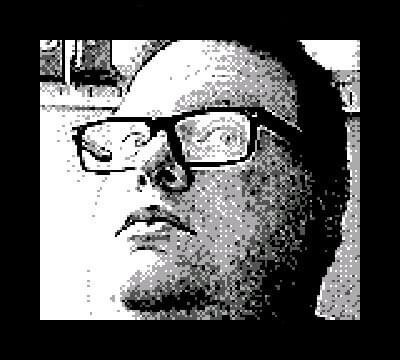

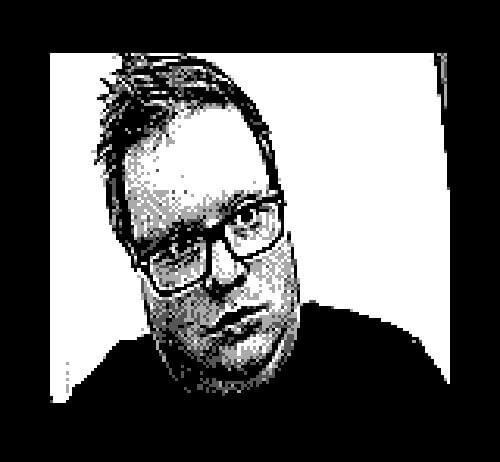

But just having them available digitally wasn’t enough. I wanted a way to print these images as well.
Enter the GBPXL.
This kit popped up on my radar at the end of February, and after thinking it over I purchased it right before the coronavirus lockdown the following month.
It would take me almost 3 months to have it assembled, and unfortunately I never really was able to get it working. My electronics skills just aren’t up to par on this one. So I decided to cut my losses and abandon the idea of printing using this kit.
So if you are in the need for a restaurant thermal printer, let me know. I have one for sale.
While I was waiting for the GBPXL to ship from Czechia I started to look into what I could do with these thermal printouts and find a way to archive them for long term storage.
Since anything I printed would eventually fade into nothing (It is just a big receipt after all) if I didn’t either scan or Xerox them (and where’s the fun in that) I figured it would be best to find another way to get my fix.
So I went back to the drawing board. I did some more research and came across this nifty little device and spent way more money than I wanted to on one.
…And after waiting “2-3 weeks” for shipping I got an email from the seller.
…Rats…
I’m beginning to wonder if this whole project is actually going to come together or not.
I still have one more option. A company in Australia is making a similar device called the “El Snappo” which at the time of my writing this in July is completely sold out and unable to be back-ordered.
I reached out to BennVenn through their Facebook page and asked when they would be made available again. While I didn’t get a concrete date, I was told to keep watching their social media pages and sign up for the mailing list for more info.
So once again…back to the drawing board, and back to waiting.
This was on June 20th.
October 20th - BennVenn announces that the new “Joey Jr 2.0” is available and has a special way to pull Gameboy Camera files…
Hopefully this will be the option that finally works!
November 15th:
…It’s coming…
December 11th:
Which brings us to today. After almost 30 days the device is in my hands and I am finally able to pull off the files that were saved there.












Certainly one could argue that all of this is a colossal waste of time and effort, and in some ways I agree.
We live in a world where the phones in our pockets are better than even the most modern of point and shoot cameras (and yes, even the cameras in the earliest of flip-phones were better than the sensor in the GBC). But this is something different. This is a sense of nostalgia. I’m not expecting to print these photos the size of a house like I could do with my everyday camera. I’m barely expecting these to hold up on the web. But what I have instead achieved is another tool in my belt that I can learn how to master.
And I mean, I also have a few extra photos of a long passed cat-friend too before the internal battery of this cart died and they were gone forever, so that alone was worth all of the time and effort in the world.
